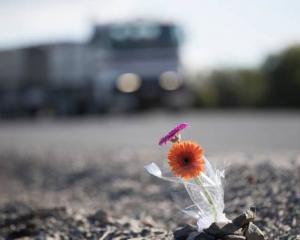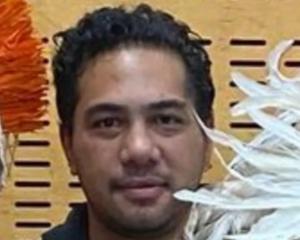The $50 million idea was floated at a Government job summit last week as one way to keep people employed, as the recession starts to affect New Zealand.
Prime Minister John Key told the summit the $50 million cycleway plan could employ 4000 people and create huge tourism opportunities.
Harbour Cycle Network co-ordinator Steve Walker said a national cycleway sounded like a fantastic idea, but he would be amazed if the idea even got off the ground.
After five years of lobbying for a dedicated cycleway from Dunedin to Port Chalmers, the cycle and walkway now extended 2.5km to Maia and local government was still delaying getting even the most rudimentary cycleways in the town, he said.
Caversham Rail Tunnel advocate Gerard Hyland said a national cycleway was "an absolutely wonderful initiative - if it gets going".
"It all depends on who takes up the initiative and provides the funding and the drive. If it's left to local councils to pick up the cause, it may never get started. If it is a nationally funded and nationally pushed project, then I think it has a huge amount of potential."
Mr Hyland has been lobbying since 2006 to get the historic 865m-long rail tunnel from Caversham to Kaikorai Valley reopened as a cycle and walkway to create a safe, flat cycle route into Dunedin from the south. The tunnel route could fit perfectly with a national cycleway, he said.
A group working on creating a national walkway from one end of the country to the other said it had been a long and arduous process.
Establishing Te Araroa, or the Long Pathway, began 13 years ago, and the route links together sections of walkway, tramping tracks and roads which cross private and public land. It is hoped to be completed by the end of next year.
Te Araroa Trust chief executive Geoff Chapple said access had been the biggest challenge.
"You need very skilled people - people who can talk to farmers, know council ins and outs and who can do subdivision trade-offs. It's a very sophisticated business."
About 80% of the walkway's tracks and routes can be walked legally, and a $6 million Government boost for the project was also raised at the job summit.
Mr Chapple did not want to comment on the idea of a national cycleway other than to say it was a great idea.
He estimated most of the Te Araroa walkway could not be cycled, even on a mountain bike.
Dunedin city councillor Kate Wilson, of Middlemarch, said the development of the Otago Central Rail Trail had given Central Otago a tourism boost.
Where people might have travelled through the area in one day, they now spent four or five days there, she said.












